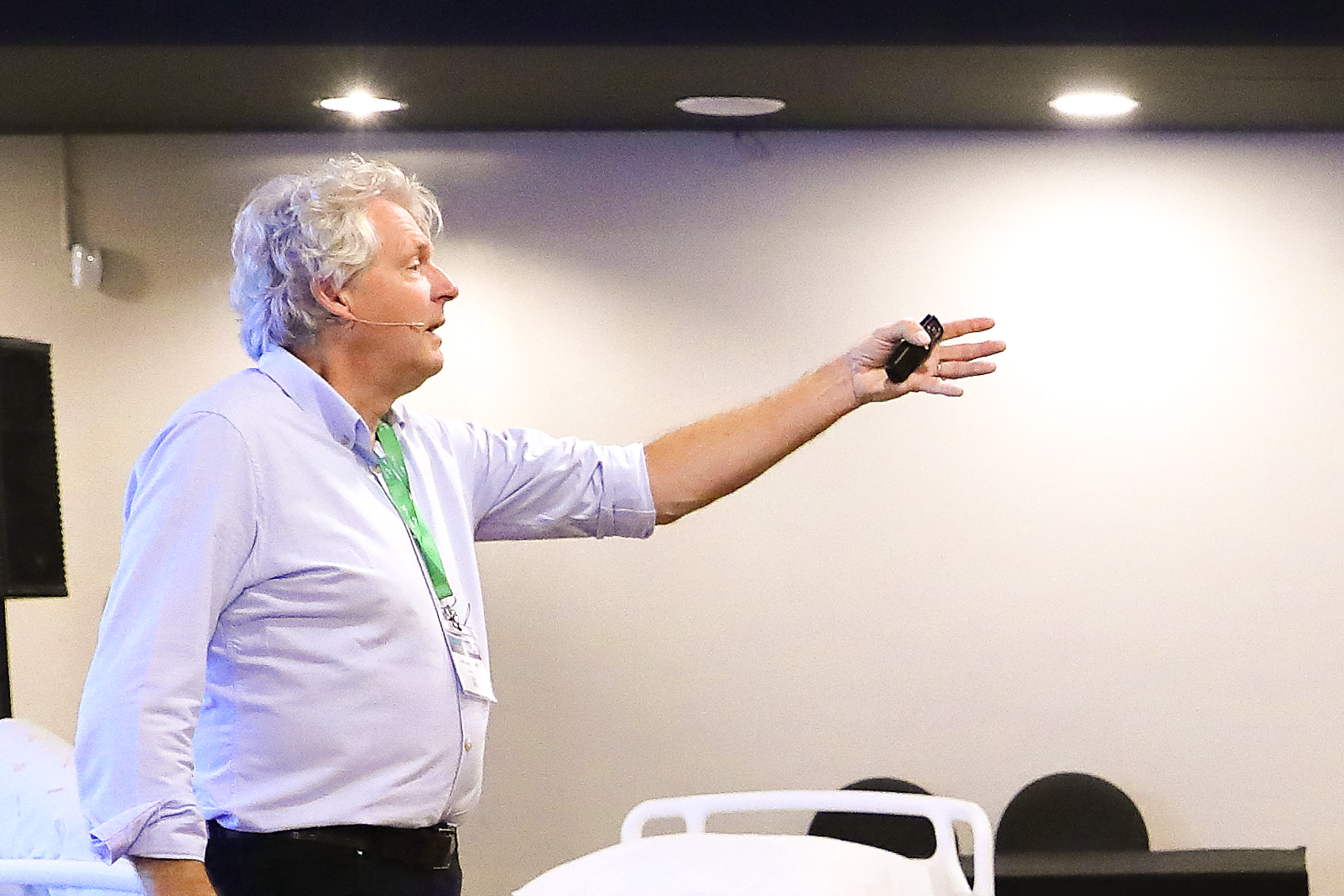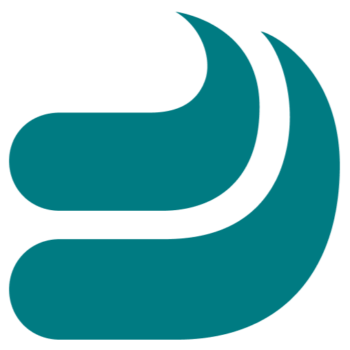Pressure ulcers (PU) can occur within minutes and become large open wounds down to the bone. It could take several years to treat and even cause death to a greater extent than traffic accidents.
PU affects around 1 of 5 patients in European healthcare institutions today, as a tragic consequence of insufficient pressure redistribution. PU’s are areas of localized damage to the skin and/or underlying tissue as a result of pressure or pressure in combination with shear. Typically, occurring over a bony prominence.
In the absence of regular movements soft tissue is squeezed between bony prominences and the support surface. This causes deformation of the soft tissue to such a degree that the tissue cells are ruptured and die. As PU’s progress, severe, painful and open wounds can develop and lead to increased length of hospital stay, higher rates of readmission, increased mortality and reduced quality of life.



